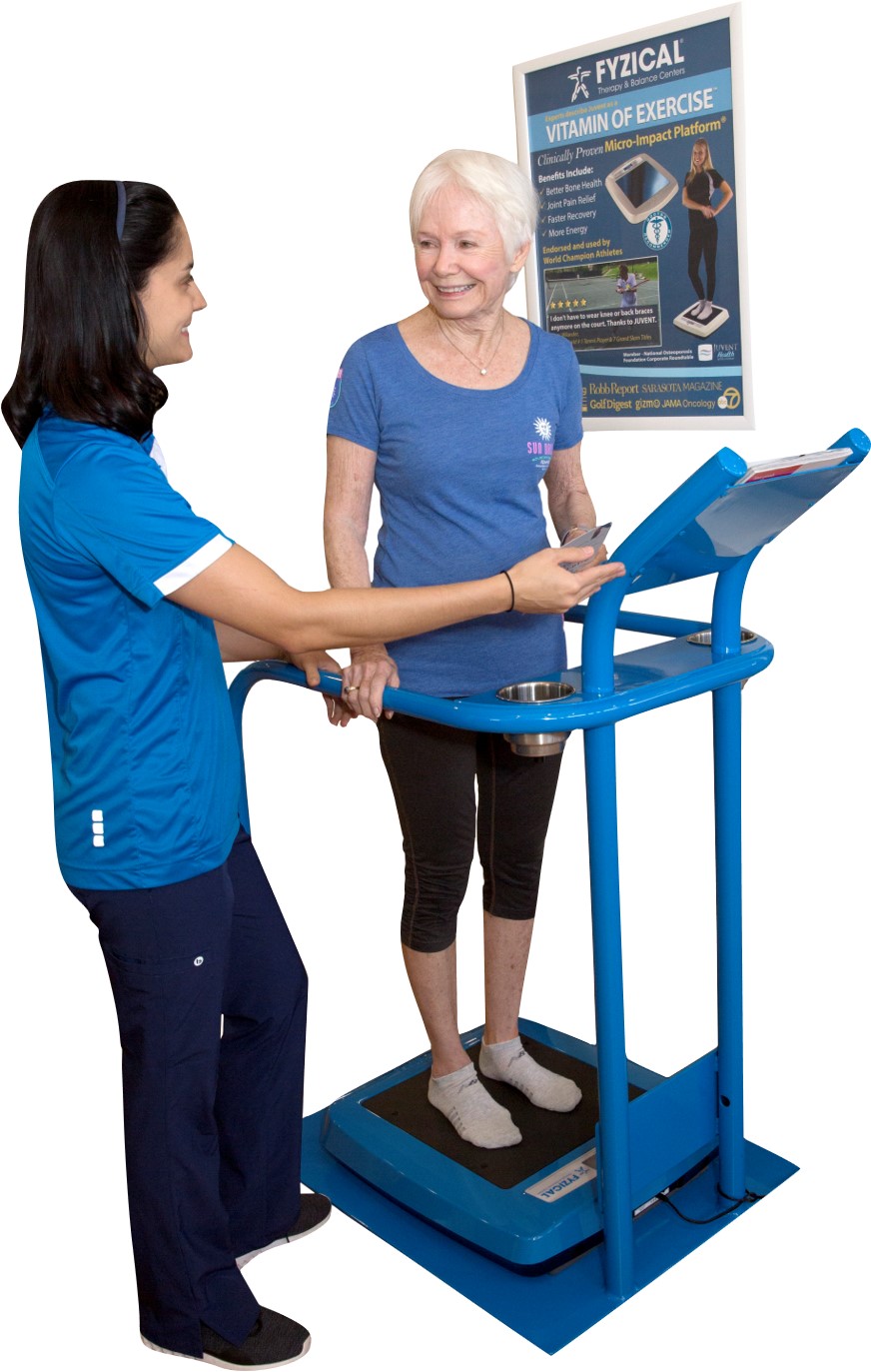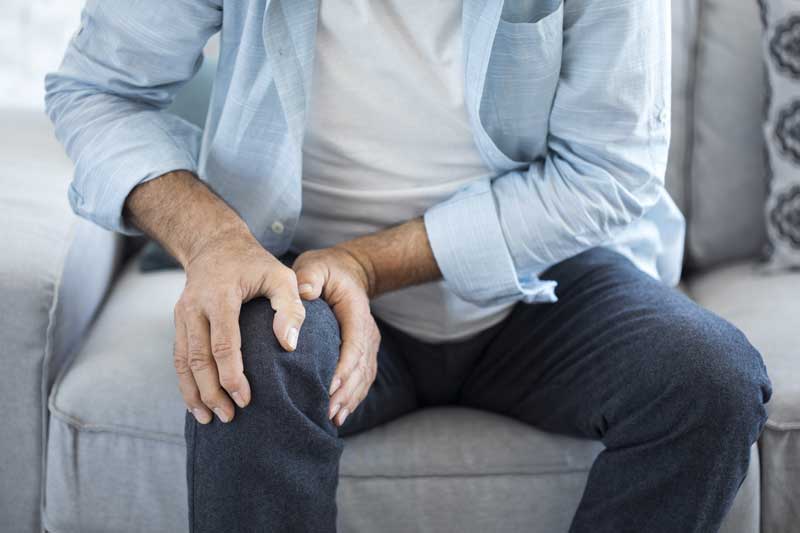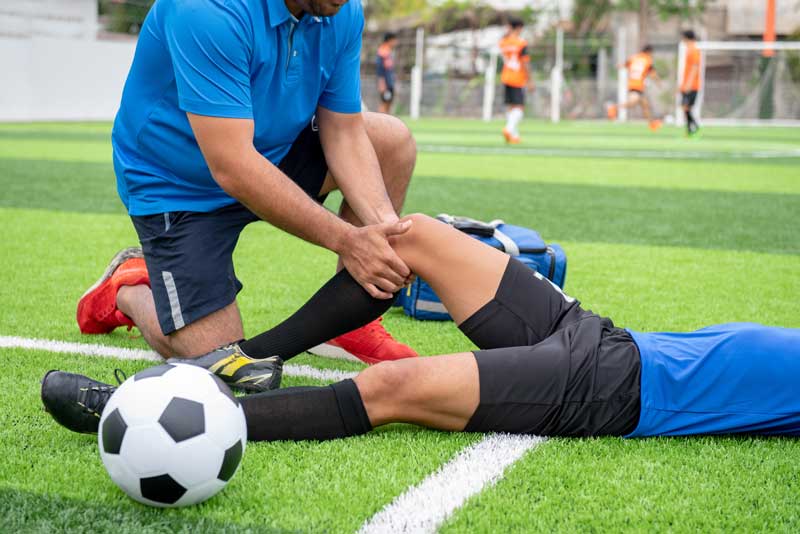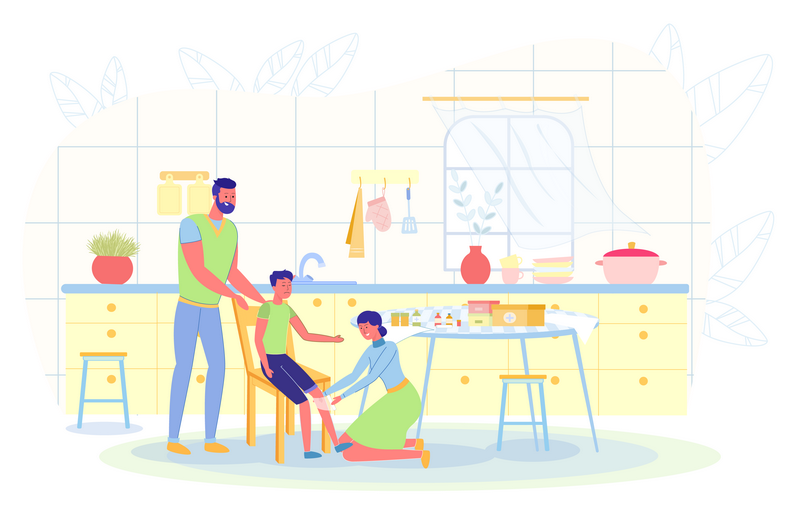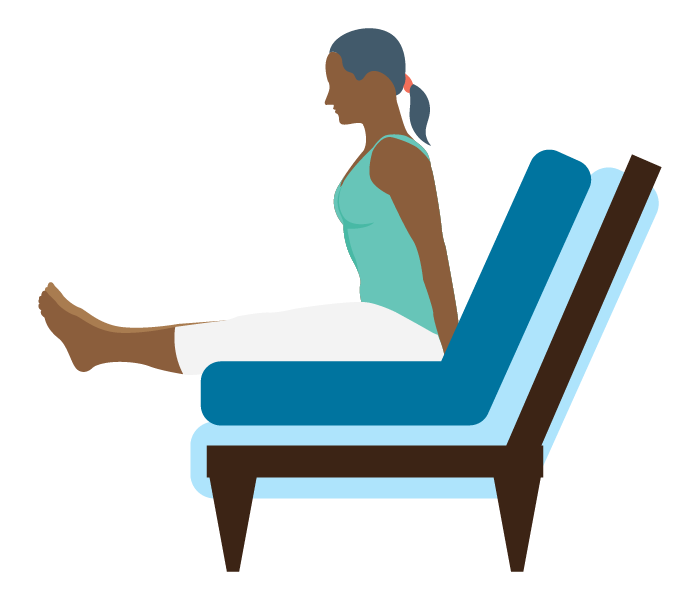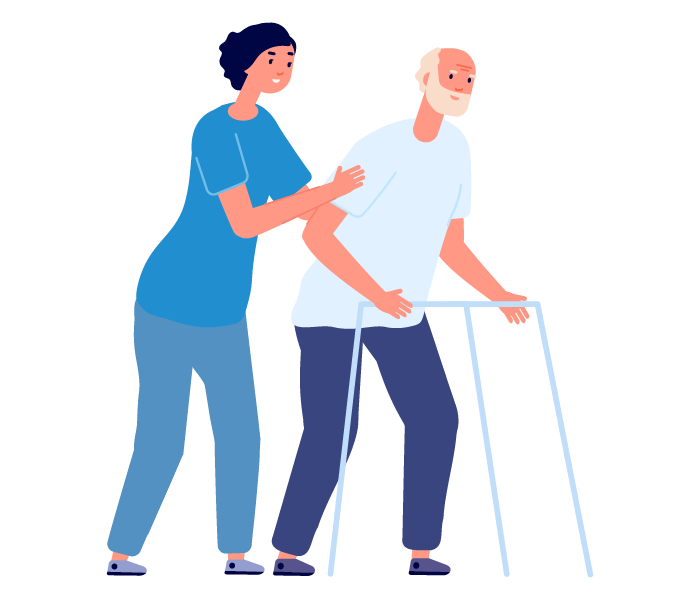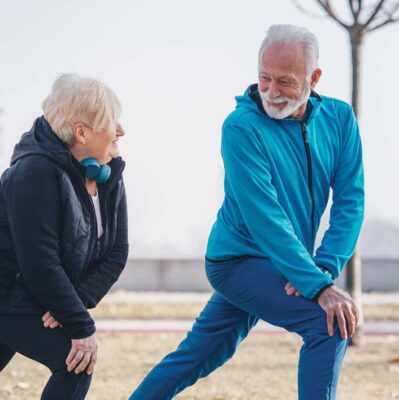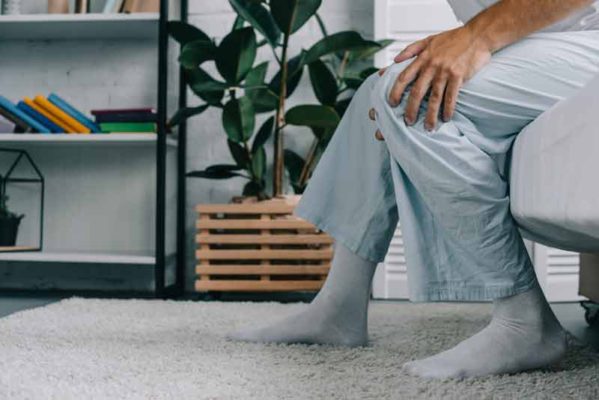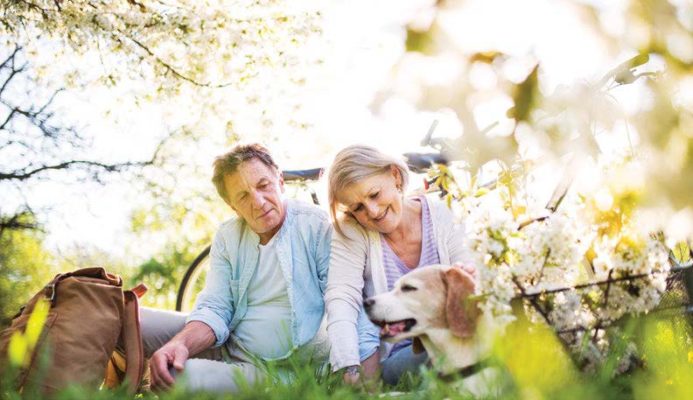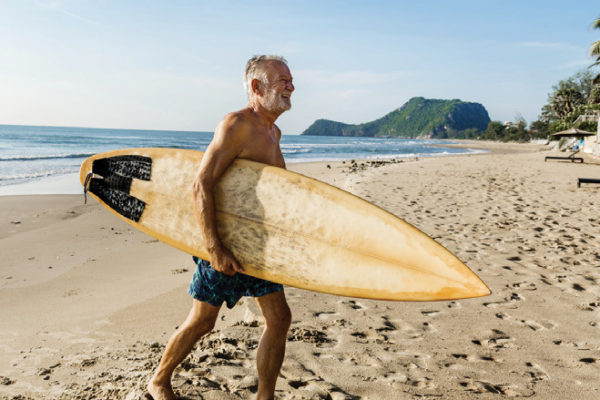Bones
Femur (thigh bone), tibia (shin bone), and patella (knee cap) – a break (fracture) of any of the bones around your knee will likely be caused by trauma, and will be painful especially at night
Cartilage
Meniscus there are two a medial and lateral one. They act as shock absorbers or cushions to the knee joint. A tear in the meniscus could cause clicking, locking, and occasional sharp pains. A mildly torn meniscus can become asymptomatic for a period of time. Keeping the strength and balance throughout the lower extremity is extremely helpful in reducing the likelihood of symptoms recurring.
Ligaments
Ligaments are fibrous tissues that connect the bones together to provide stability. The four ligaments are the ACL (anterior cruciate ligament), the PCL (posterior cruciate ligament), the MCL (medial collateral ligament), and the LCL (lateral collateral ligament). These ligaments can be sprained or ruptured. MRI is typically required to diagnose this properly.
Tendons
Tendons are fibrous tissues as well and they provide stability to the knee joint. Instead of linking bone to bone, tendons connect bone to muscle. The largest tendon in the knee is the patellar tendon, which covers the kneecap, and attaches to the quadriceps muscle. You may develop a tendonitis or inflammation of the tendon. Symptoms can resolve through a comprehensive physical therapy plan that includes looking at footwear and walking patterns.

